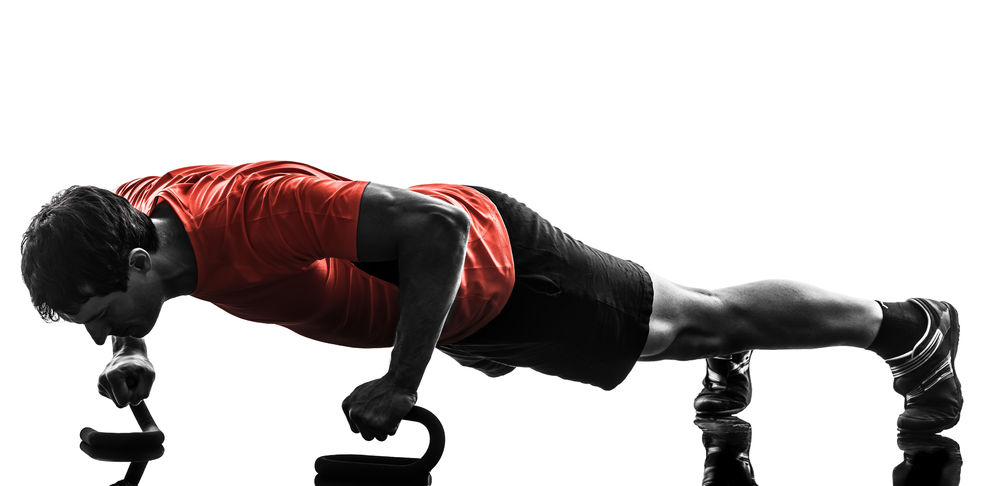This test is run by .
Note that your final mark will not be saved in the system.
Note that your final mark will not be saved in the system.
Methods of Training Typeit
Target Level
4-5
Running Total
0
0%
Attempt
1 of 3
Type the correct answers into the spaces. Fill all the spaces before clicking ‘Check Answers!’

Different types of athlete (e.g. footballers, gymnasts and hockey players) must carefully consider the type of training they adhere to, in order to improve specific components of fitness and their performance. There are multiple training types that they can use.
- training involves numerous exercise stations that can be adapted to different fitness components or target specific areas of the body. For example, an athlete could lift different high-load, low-repetition weights at each station to improve whole-body . For example, one station would be dedicated to bench presses and the next might be squats. Alternatively, this training method can allow the performers to adjust the rest period between each station to suit different training thresholds or meet specific fitness components. For example, if an individual is looking to improve muscular , they may include 30–60 seconds of recovery between stations to allow the muscles to recover.
- training involves working at a constant intensity in the aerobic training zone (60-80% of HRmax) for an extended period of time (e.g. at least 20–30 minutes), without . Also known as steady-state training, it is a valuable training method for improving . Examples of this training method may include long-distance running, swimming, cycling, or rowing.
- training is Swedish for 'speed play', and thus involves exercise that varies the speed and/or . Good examples of this method are: alternating between a walk, run and sprint; changing the surface, whether that be on a pavement, on a beach or over hills; or changing the mode of exercise, such as running and cycling. It is valuable for games players as it replicates the varied intensity and extended duration of matches, which work both aerobic and anaerobic energy systems. It can improve a range of fitness components, such as speed and cardiovascular endurance. The intensity is measured using the 6-20 scale.
- HIIT stands for high-intensity training and involves repeated bouts of very high-intensity exercise, with rest and recovery periods in-between to remove products. This is similar to traditional interval training, which incorporates the same work-to-rest format, but requires working at a much lower intensity, i.e. the ratio between work and rest periods is typically less, meaning the individual receives a greater rest period relative to amount of work done in the previous bout.
- training uses isotonic resistance exercises to target the muscular system. This involves a range of equipment such as free weights, kettle bells and resistance machines. An important principle which determines the component of fitness being targeted is the load selected (i.e. how heavy the resistance is). This dictates the number of repetitions that can be performed. High loads are coupled with low reps, and aim to improve strength, but are also effective in improving power. Low loads allow for a higher number of reps, meaning that muscular endurance can be targeted. The load is calculated as a % of maximum, and is considered as the intensity of training.
- exercises involve bounding and elastic movements which are designed specifically to improve . Exercises should start with an eccentric movement (lengthening of the muscle when contracting), followed by a larger, quicker concentric contraction (shortening of the muscle under contraction). Examples include depth jumps and hurdle jumps.